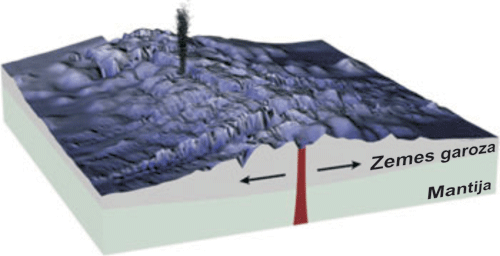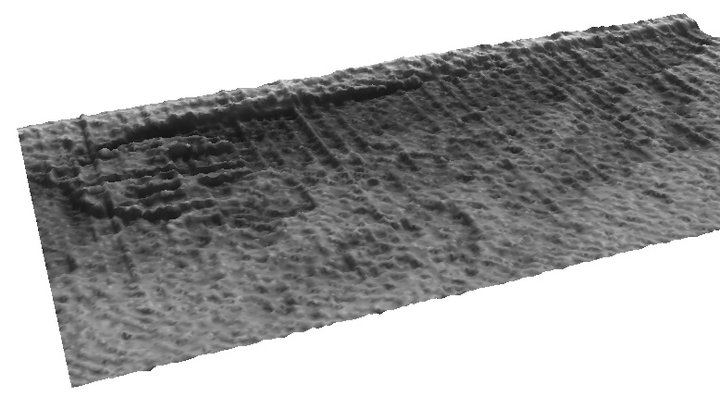A CCTV camera tracking an unknown light source in Little Hulton, UK on September 12th 1993. When out of focus, the object appears donut shaped with notches which shift according to it's position within the field of view. Notice also the onset of barrel distortion as the object approaches the optical periphery. The dark diagonal line is merely the shadow of a strand-like object immediately in front of the lens. Whatever the nature of the light source (probably nothing out of the ordinary), this footage is a classic demonstration of how anomalous objects can be conjured through improper use of a camera lens.
These camera artifacts are very similar to those present in NASA's STS-75 tether footage. The camera's zoom lens was probably similar in construction to NASA's MLA*, with 3 guide shafts supporting the lenses (1 vertically opposed to a close pair), and a rotating barrel with cam grooves which displaced the lenses along the optical axis. The notches are merely shadows of the lens guide shafts, and as the object moves vertically within the field of view, various combinations of upper and lower shafts impinge upon the image (the zoom setting is also a factor).
* Monochrome Lens Assembly, fitted to NASA's SIT Vidicon tube cameras.
The donut appearance is often described as an 'airy disc' (named after George Airy). This is a contentious issue, as many people simply google the term and find themselves viewing a computer generated model (ideal) of an aperture induced diffraction pattern. Such models are often enhanced in order to illustrate the faint outer concentric rings produced by constructive/destructive interference of light waves which are out of phase. For some reason, the distinction between an 'airy disc' and an 'airy pattern' is often completely overlooked, leading to unwarranted dismissal of the airy disc theory in the absence of visible outer rings. In reality, the term 'airy disc' merely describes the bright centre of an 'airy pattern' and therefore does not require the presence of visible outer rings. Matters are further complicated when an object is out of focus, which with certain lens configurations results in this donut appearance. Astronomers are known to deliberately defocus stars in order to check the collimation of reflector telescopes, and often refer to the result as an 'out of focus airy disc'.
Unlike NASA's STS-75 tether footage, this video shows a single out of focus object. This is unfortunate, as i believe that if the camera were focussed on a bright more distant object, that object would actually appear to be in the foreground (the same optical illusion responsible for tales of 3 miles wide UFOs 'behind' the tether). Many people seem unable to accept this concept, despite it being intuitively obvious and well understood by those who frequently use cameras. I could attempt an explanation, but experience suggests that it would be futile. Instead i am going to pose a question: During the STS-75 tether footage, the camera oscillates on it's pan/tilt unit following remote aim adjustment. If the so-called UFOs were really behind the tether, then why was their displacement considerably greater than that of the tether during the oscillation? The only plausible explanation is that the so-called UFOs were actually in the foreground. This basic principle (motion parallax) can be appreciated by anyone with a pair of eyes, and is therefore not easily dismissed due to lack of relevant experience.








 ;P
;P

